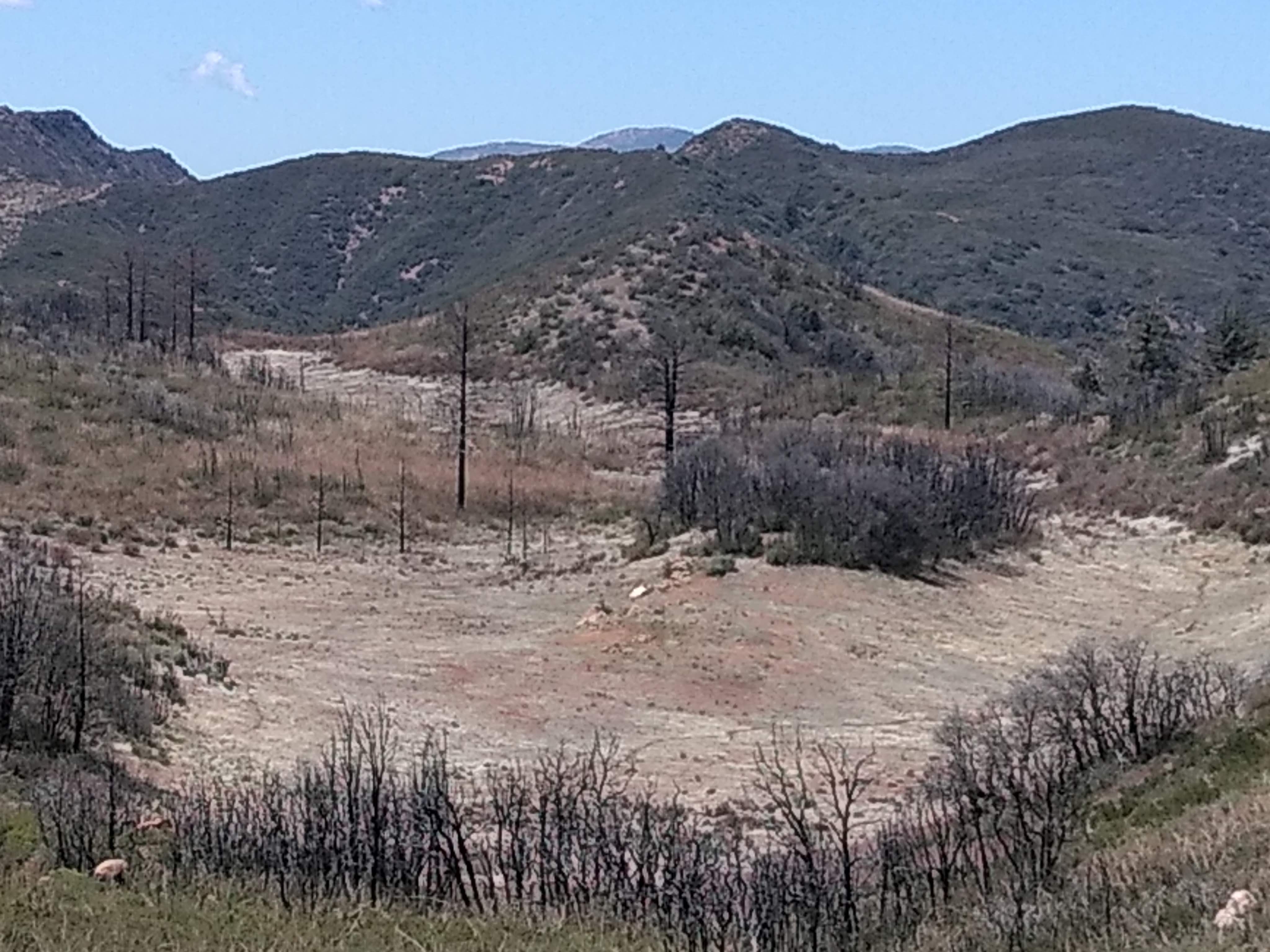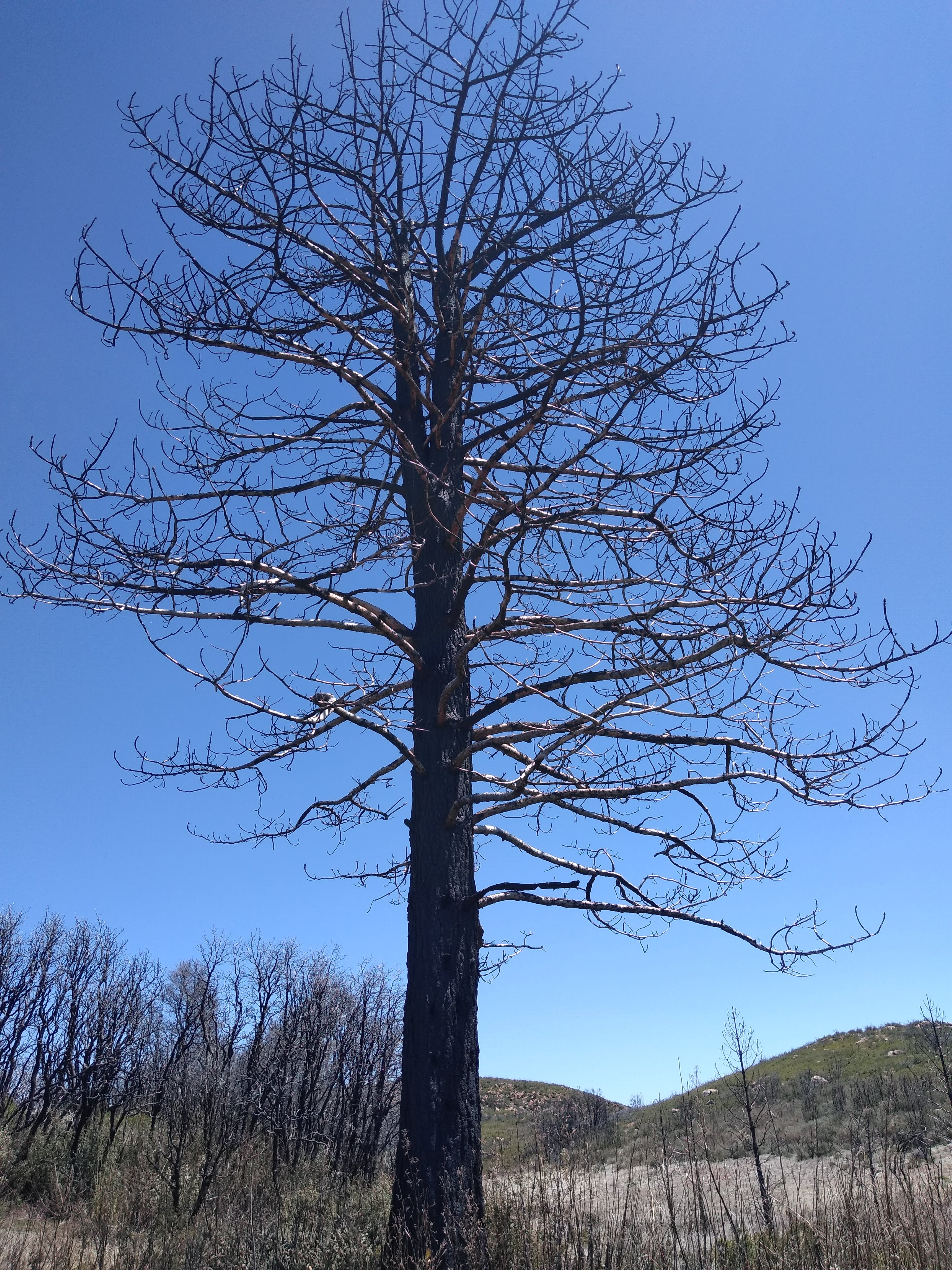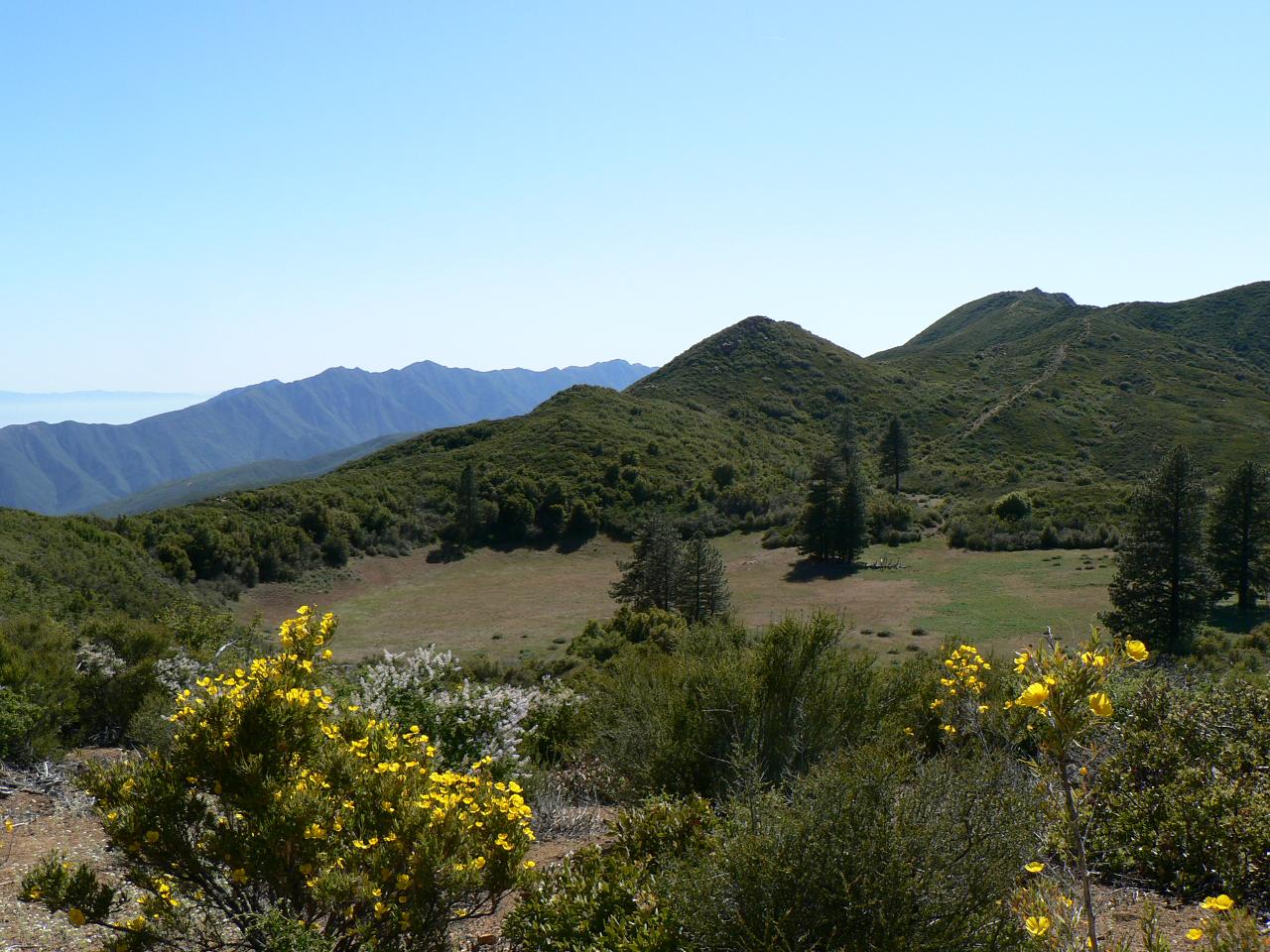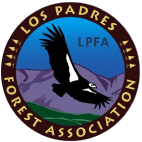Dry Lakes Ridge Trail - Los Padres National Forest
Trail Distance 4.97 Miles
Geography
Dry Lakes Ridge is located in northern Ventura County, and entirely within the Los Padres National Forest. Dry Lakes Ridge is a east-west-trending range, as are all the mountains within the Transverse Ranges. It is bounded on the north by Sespe Creek and Tule Creek (a tributary to the Sespe), both of which follow the Tule Fault, North Fork Matilija Creek and Pollard Point on the south and southeast, Howard Creek on the east, and Ortega Hill on the west. Dry Lakes Ridge occupies approximately 10,018 acres (4,054 hectares). Sespe Creek and Tule Creek drain the north slope of the ridge and the North Fork Matilija Creek drains the south slope. Native plants and scenes of Dry Lakes Ridge are featured on this website.
A U.S. Forest Service fire break provides access to the top of the ridge, connecting Ortega Hill with State Route 33 (SR33) at the east end of the ridge. The highest point on Dry Lakes Ridge is 4,850 feet elevation. The ridgetop is accessed by the fire break, from either Ortega Hill (a long hike) or SR33 on the east. The main geographic feature of Dry Lakes Ridge is the summit basins, which are not, and never were, lakes; rather, the basins are fault-related features, where the rock has been ground up from successive movement of thrust faults.
Botanical Area
The ridgetop has been designated as a Botanical Area by the Los Padres National Forest, Dry Lakes Ridge Botanical Area, occupying 399.1-acres (161.5-hectares) of the ridge. The U.S. Forest Service based its decision to designate the ridgetop as a sensitive area in large part because of my research of the ridge's floristics, and publication of A Flora of Dry Lakes Ridge, Ventura County, California in 1986, through the University of California, Santa Barbara Herbarium. This publication, available for purchase through the California Native Plant Society, Channel Islands Chapter, includes a detailed description of the natural and human history of the ridge, as well as an annotated catalogue of all the vascular plants found during the two-year study between 1984 and 1985. The summit basins contain a relictual stand of Ponderosa Pine, associated with Great Basin Sagebrush Scrub, surrounded by different types of chaparral.
David L. Magney. "Dry Lakes Ridge, Ventura County, California" magney.org. blog, Feb. 21. 2008. Web. Dec. 16. 2014. <http://www.magney.org/photofiles/DryLakesRidge.htm>
Trail Details
- Trail #: Not a F.S. Trail
- Wilderness Area: Non Wilderness Area
- County: Ventura County
- Ranger District: Ojai Ranger District
- Trail-head Latitude: 34.54191
- Trail-head Longitude: -119.2417
- Water Sources: No Water Available
- Trail Condition: Bad - Trail may require some bushwhacking and/or searching for markers due to potential sub standard trail conditions
- Topo Maps:
Activities & Features: - Day Hiking
- Panoramic Views
- Wildlife Viewing
Trail Stats
- Total Elevation Gain: + 2249 feet.
- Total Elevation Loss: - 1432 feet.
- Overall Average Slope Gain: + 15.5 %.
- Overall Average Slope Loss: - 11.7 %.
- Kilometers: (km)
- Meters: (m)
- Miles: (mi)
- Feet: (ft)
- Average Slope: (%)

Photo By: G Froelich - Website Link

Photo By: G Froelich - Website Link

http://www.craigrcarey.net



 Use Marker Groups
Use Marker Groups




 Dry Lakes Ridge Trail Survey - 02-16-2024 - by bardley
Dry Lakes Ridge Trail Survey - 02-16-2024 - by bardley